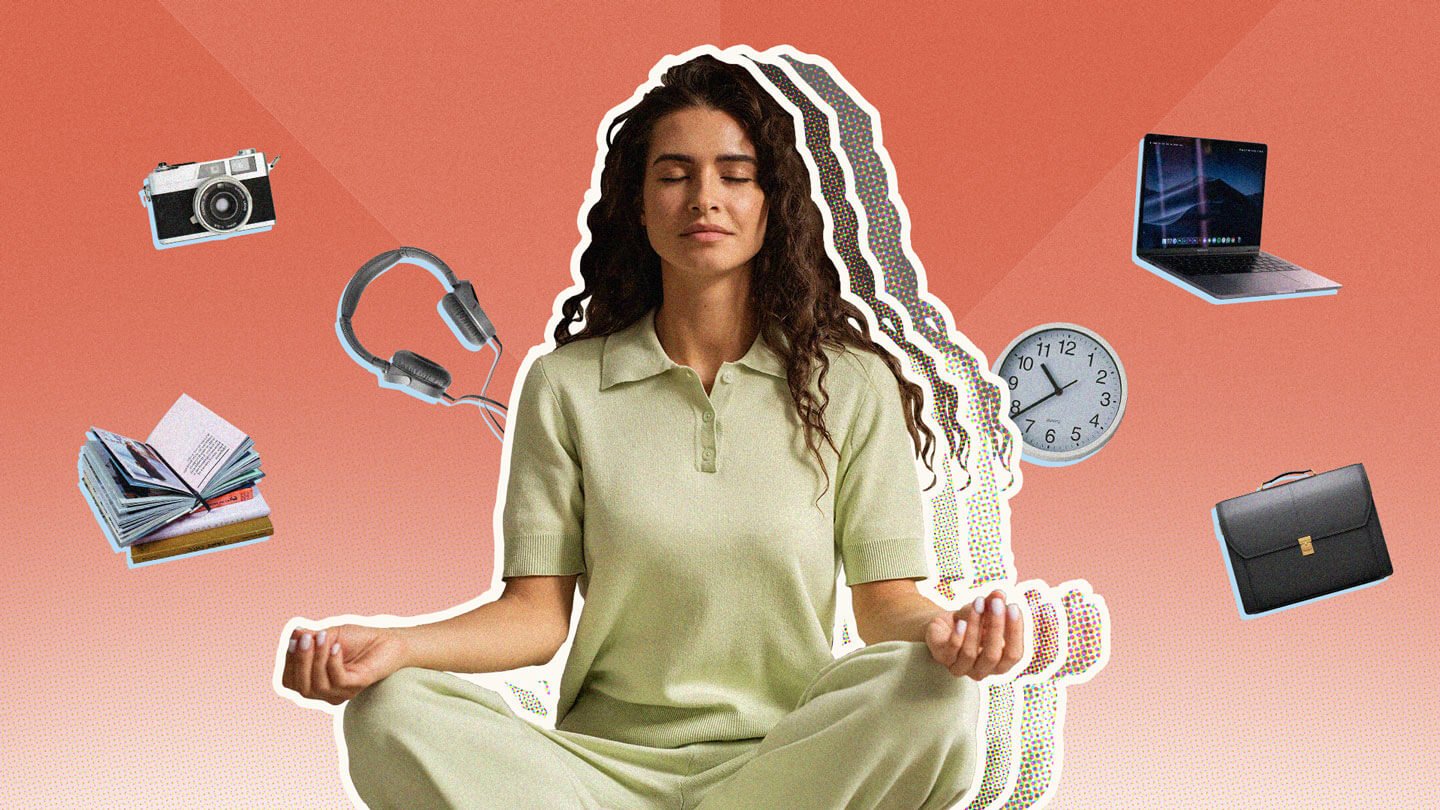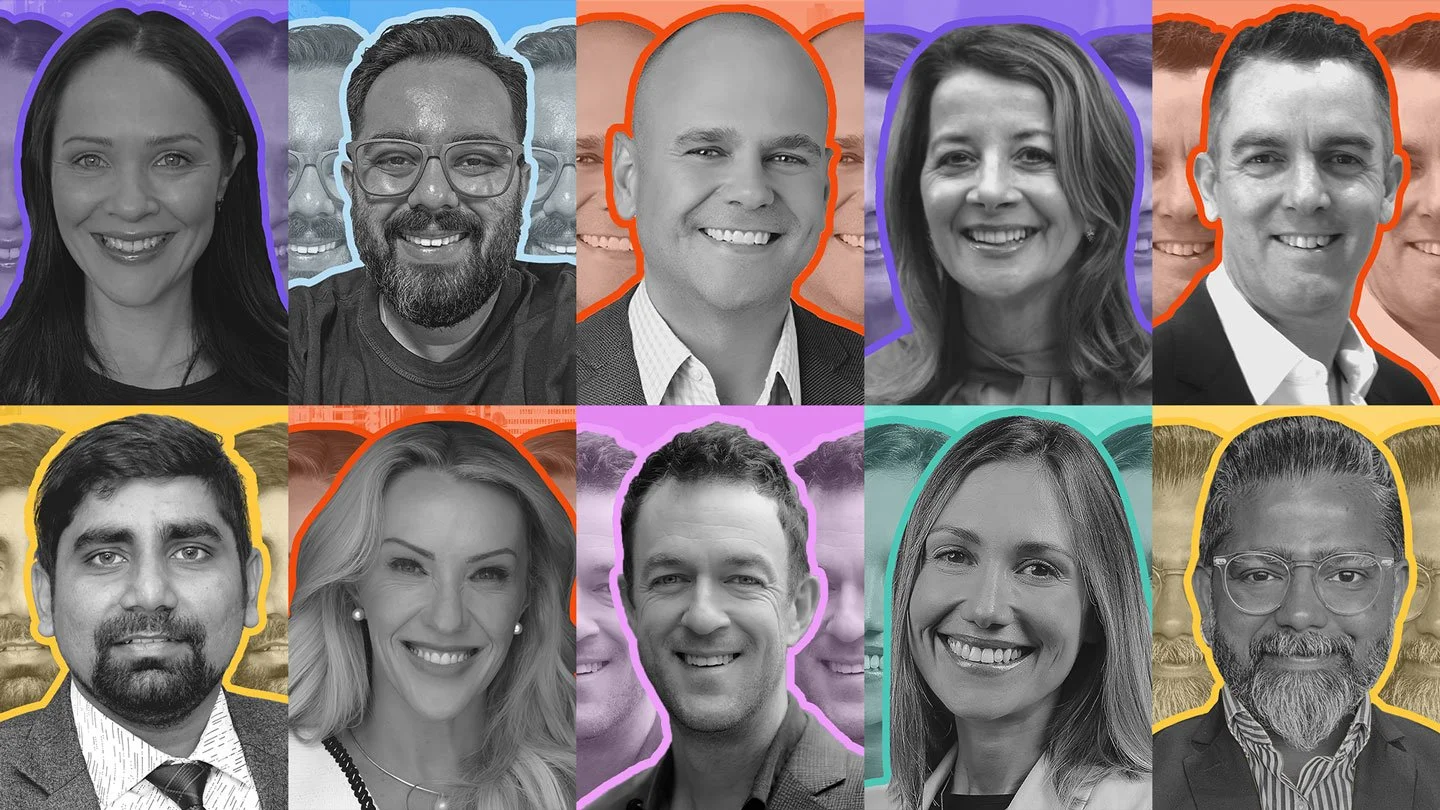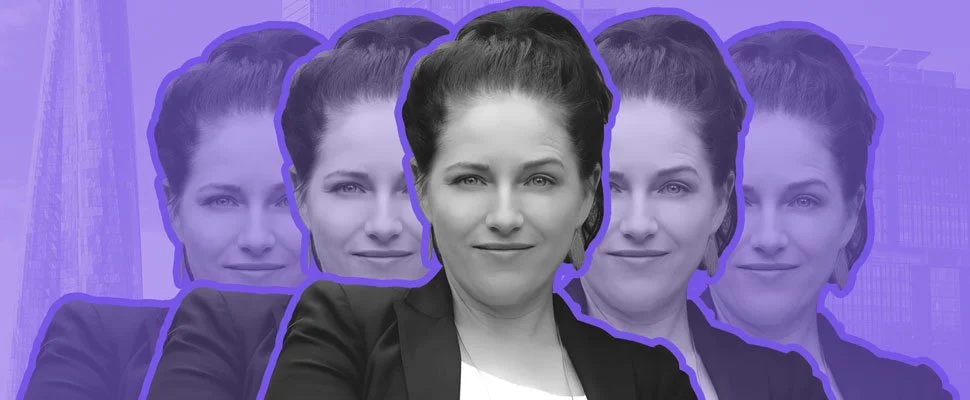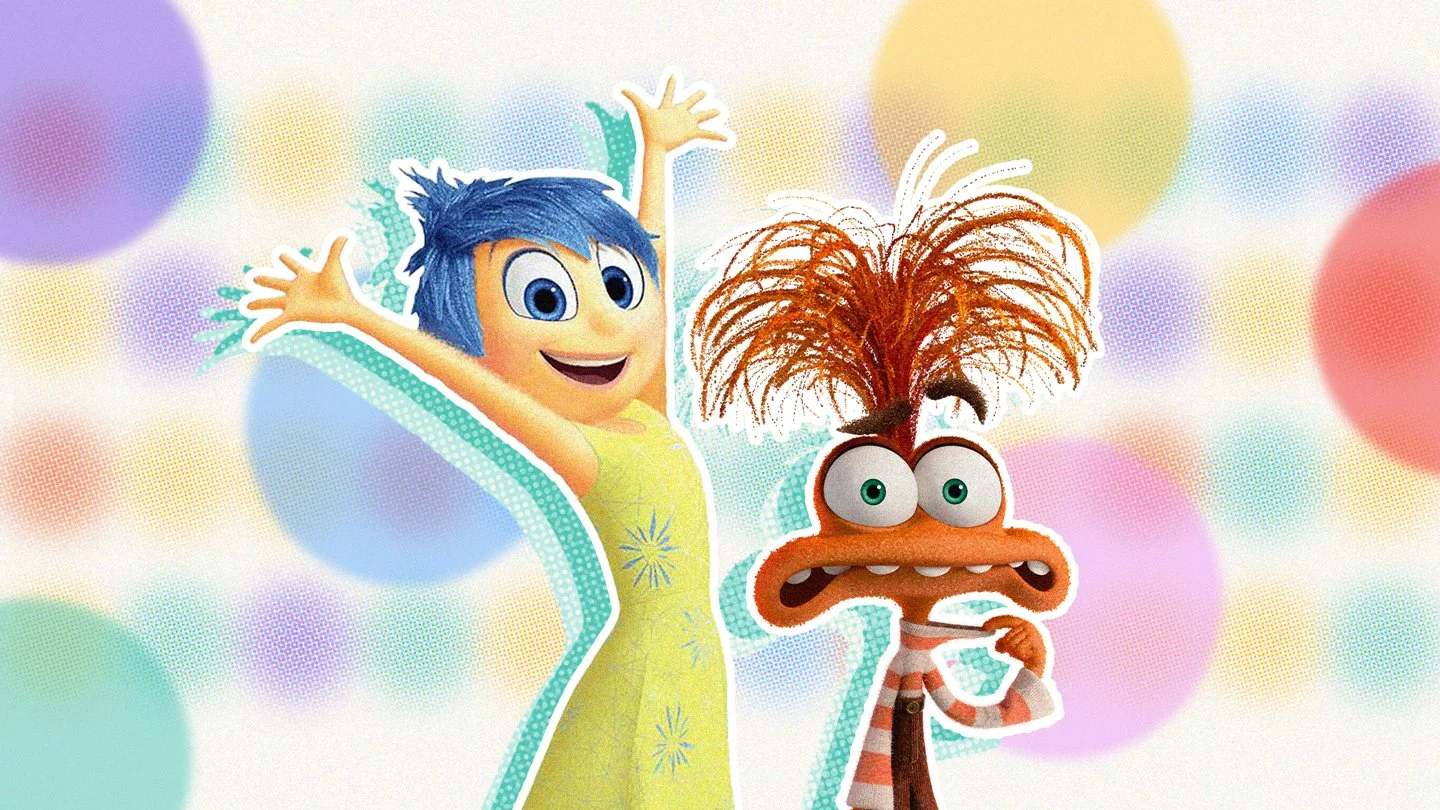Is work-life balance possible? 5 insights from Corporate Leaders & Wellbeing Wizards
In a recent survey by American Express, 63% of employed Australians said work-life balance was the strongest driver of job satisfaction, with 61% saying they would take a better work-life balance over a higher salary.
Yet, less than half of us have achieved it.
In fact according to the Employment Hero's Wellness Report 2022, a staggering 52% of Australians rate their work-life balance as average or poor.
The impacts of this can be disastrous. Beyond burnout, a lack of work-life balance has been associated with poor mental health, low productivity, stress, and employee attrition.
More than ever, more than anything, humans are craving work-life balance. But what does it even mean, and how can we achieve it?
Here’s what five corporate leaders and wellbeing experts had to say about how to achieve work-balance.
Stop solving for work-life balance and start solving for work-life design.
Kate Connors, Executive Coach / Psychologist, Chief Mental Health Advisor at Elemental Coaching and Psychology
“The concept of “work-life balance” was coined when our working lives were very different. We went to the office at an agreed time. We weren’t able to be contacted outside of “working hours”, and when we finished work, we had actually “finished work”.
In today’s world of hybrid, flexible and/or remote working, where the key benefits of these approaches are underpinned by blurrier boundaries and a much higher need to self-regulate, it’s time to evolve our thinking to focus on our “work-life design”.
“Work-life design” starts with a vision of what you want your work-life to look like, a plan to make it happen and regular evaluation on if the design is delivering. Be clear about what’s important to you in your work-life design, then build from there.”
Map out your week.
Billy Falkingham, Head of Brand & Content at Australian Unity
“My piece of advice is a Sunday night glass of wine + calendar + whiteboard session.
Map out your week: family, personal, work and anything else that is important. It’s boring and soul-sapping but starting the week with a plan, time blocked, priority and compromise agreed means you have a good chance of getting to the end of the week in one piece.
And yes, this means putting time in the diary to call family on the walk to the train station, taking a lunchtime walk if the forecast is sunny and having a beer with an old friend mid-week. And it also means making sure your colleagues are doing the same.”
Don’t balance, try integrating work & life.
Poppy Griffiths, Director & Founder UnlimitU
Overcommitted. Distracted. Stressed. Stretched thin. This is how many of us describe ourselves today. A commitment to better work-life balance isn’t the solution. Dare I say, balance is bunk. It’s a misguided concept in many ways, because it assumes we must always make trade-offs among the four most important areas of our lives; work or school, home or family, community and friends, and self.
A more realistic and gratifying goal is better integration across all areas of our lives, so we can pursue wins in all areas, giving regular time, energy and love to the things in each area of life that are most important to us. Usually when we feel out of balance, one area of our life (i.e. family) might be getting the short straw. We become so fixated on our important goals, interests, actions at work, that we neglect our important goals, interests, actions at home, with our friends, or, worse yet, for ourselves.
To help you better integrate work and life, write down what you value most in each of the four areas of your life. Think about what a good week, month, year look like in each area of your life. Define what meaningful success is for each. What do you need to be doing, how much time do you want to give in each area. Even write down what tends to trip you up in each area so you are laser clear on your watch-out moments.
When we are aware of the most important and meaningful things in all areas of our lives, and we make a clear plan of what good looks like, and not so good looks like, we can then better pursue wins, time and enjoyment in all areas.”
Flex your creative muscle.
Edan Haddock, Head of Talent Attraction @ REA Group and Creator of Rubberband.com.au
“I never feel balanced unless I am flexing my creative muscle. I spend at least an hour a week tapping into my creative mindset. I love fresh flowers – the fragrance, colour, and texture, so at least once a week I make a beautiful bouquet of flowers to enjoy at home. It really helps me get into my third zone and switch off from the pressures of work.”
Find your own way
Renata Sguario, CEO & Founder of Maxme
“There is no “one way” when it comes to work-life balance. Don’t assume that what works for you is right for others.
Leaders and peers need way more empathy when it comes to this because we often assume that what works for us will work for others. And we can be quick to judge when we don’t agree with what others are doing or asking for when it comes to their circumstances and needs.
I used to be called a workaholic because I would send emails between 9-11pm BUT what people didn’t realise is that I would prioritise time with my young children in the afternoon and evening, and make up for that once they had gone to bed and my husband and I had dinner together.”
For more nuggets of wisdom from industry leaders, innovators and game-changers, check out our Human on the Inside Highlights: 10 human skill tips you don’t want to miss.
Ready to develop the human skills within your organisation, team or self? Explore our menu of Maxme Products & Programs or simply download the Hodie app to get started today.
Prefer to talk through your options? Simply contact us at any time.







